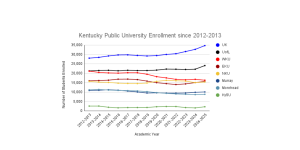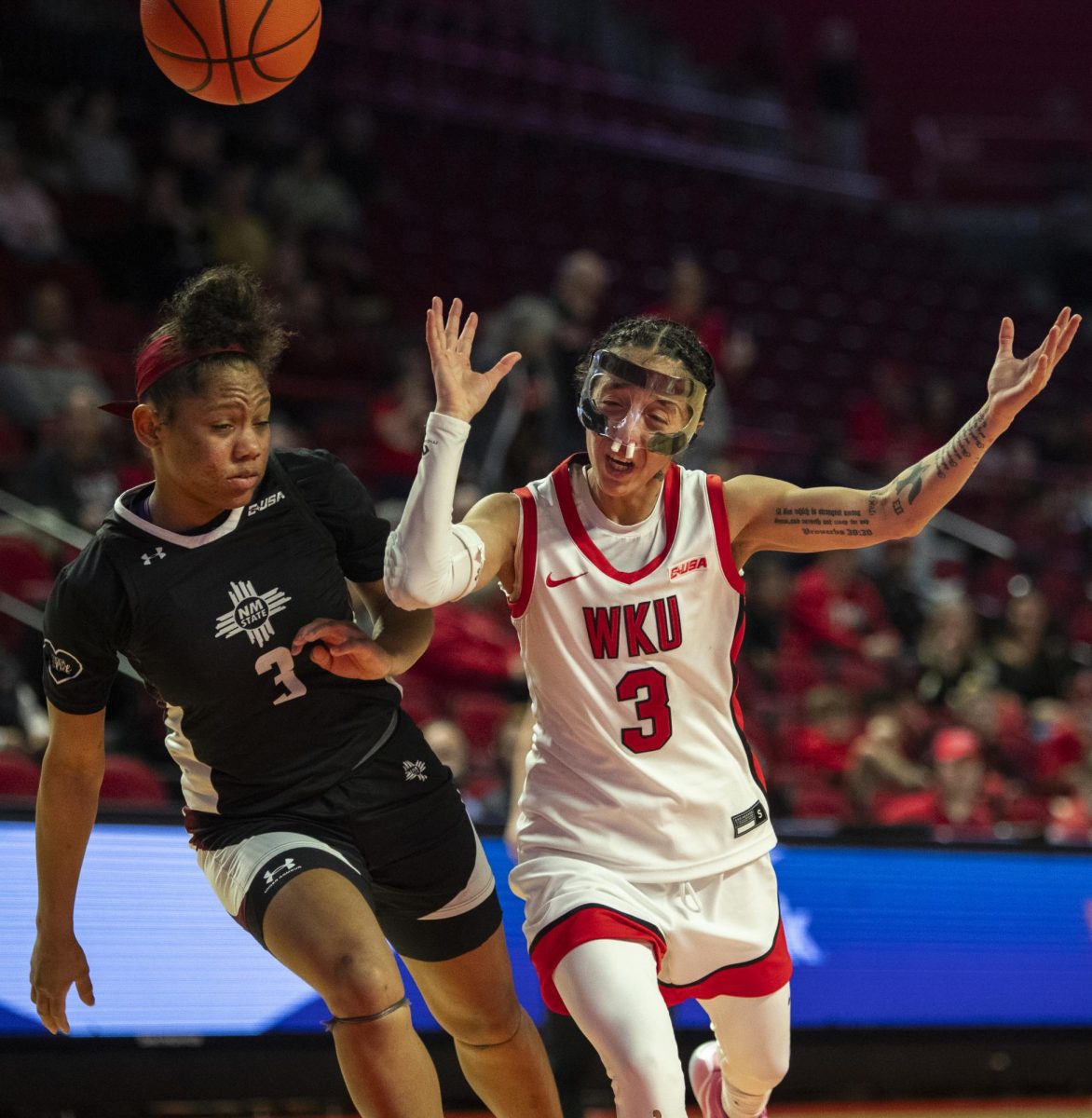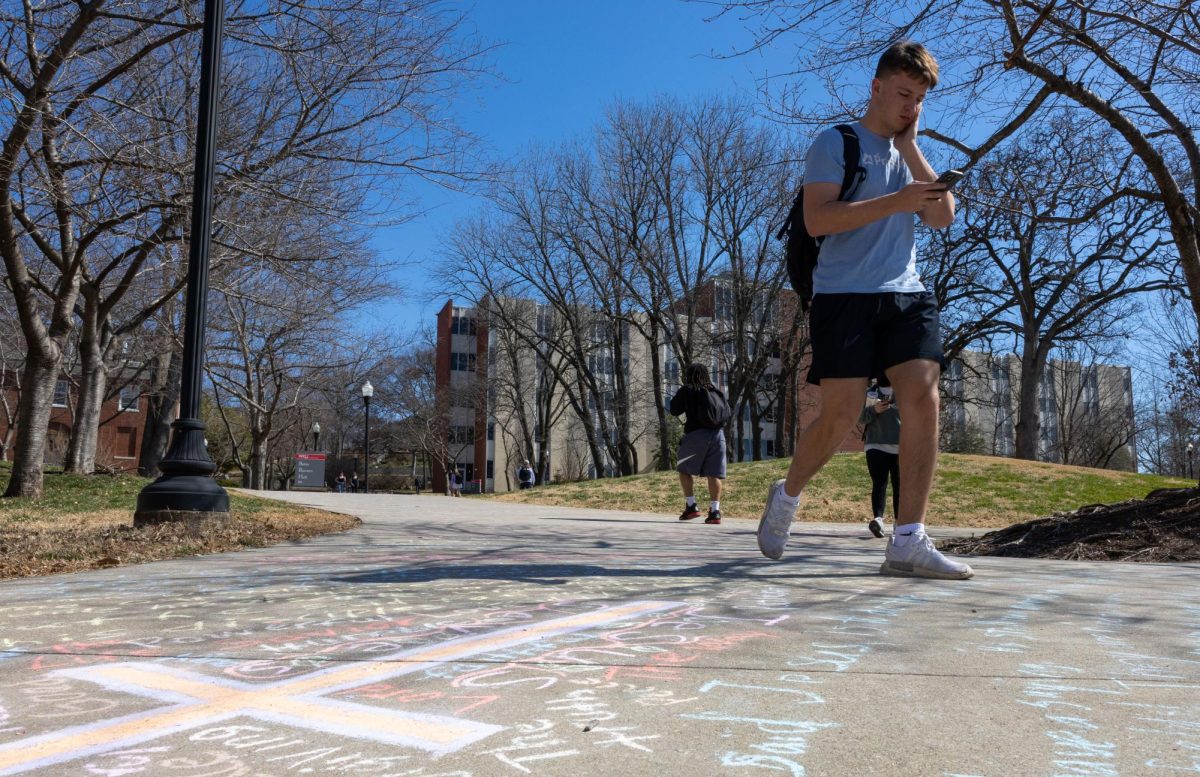WKU journalism students need more social media education
October 29, 2018
The Issue: Young journalists often begin working at publications for their digital and social media teams, but there is only one 100-level course offered in the School of Journalism and Broadcasting dedicated to social media literacy.
Our Stance: A larger emphasis on online content management with a focus in social media presence would greatly benefit journalists entering the increasingly digital sphere of reporting.
The social shift from print to digital has forced publications to follow suit or miss out on its biggest opportunity for readership: internet viewers.
We’ve heard for years the landscape of news is changing more rapidly than most publications can afford to keep up with. It is virtually impossible to survive in the digital age without taking up some of that digital space, and news outlets are no exception.
What better way to get easy access to information in a way that is immediately gratifying to readers’ curiosity than social media? At any given moment, major publications like Time, The Washington Post and People are updating news coverage on multiple media feeds.
For example, on Twitter, the Associated Press has specified feeds such as AP Courtside Seat, Associated Press LA, AP NFL and AP Lifestyles. WKU’s aspiring journalists should be well-prepared to meet such a high demand for fast content creation for social media feeds.
A focused education on social media content creation and management would be vastly beneficial to our journalism students. The school attempted to counter its deficit in social media education with the implementation of a course called New Media Literacy: Explorations in Participatory Culture. It is a 100-level course intended to establish “a framework to access, analyze, evaluate, create and interact with messages in a variety of digital forms, including social media.”
The SJB prepares its students for a variety of writing, from short news reports to narrative feature writing and generally provides resources that cultivate well-rounded reporters and media creators, but it can’t afford to fall behind the media wave at the expense of its journalists’ future preparation.
An entry-level course will not satisfy the multitude of responsibilities that the digital age has placed on the shoulders of young reporters. A change in curriculum that matches the ebb and flow of the times would put our students ahead, and it would prevent them from playing catch-up while on the job.
Northwestern University, one of the top ranked journalism schools in the country, has taken this initiative. The university’s Medill School of Journalism, Media, and Integrated Marketing Communications offers Multimedia Storytelling, which is similar to courses at WKU.
Where its curriculum outshines ours in terms of social media literacy is in its selection of electives such as The Googlization of America, which discusses how Google and social media competitors alter journalism landscapes, and Journalism in a Networked World, which helps students “learn the principles that explain the groundbreaking science of networks and gain practical skills in areas such as website analytics, search engine optimization and social media strategy.”
It also offers broader education on the research and analysis of online content and aims to answer questions like “Is Facebook saving or destroying the news industry?” with Research Methods: Collecting and Analyzing Audience Data in the Digital News Age.
WKU should add more higher level courses on the topic of social media covering topics from creation and management to data analysis and its social impact in order to optimize students’ capacity to function as a professional in the increasingly digital age.















